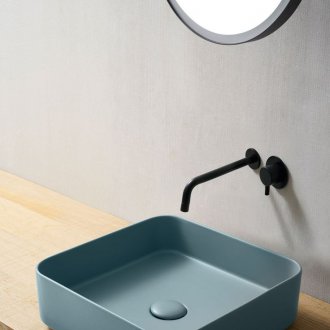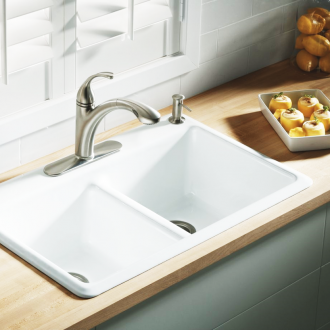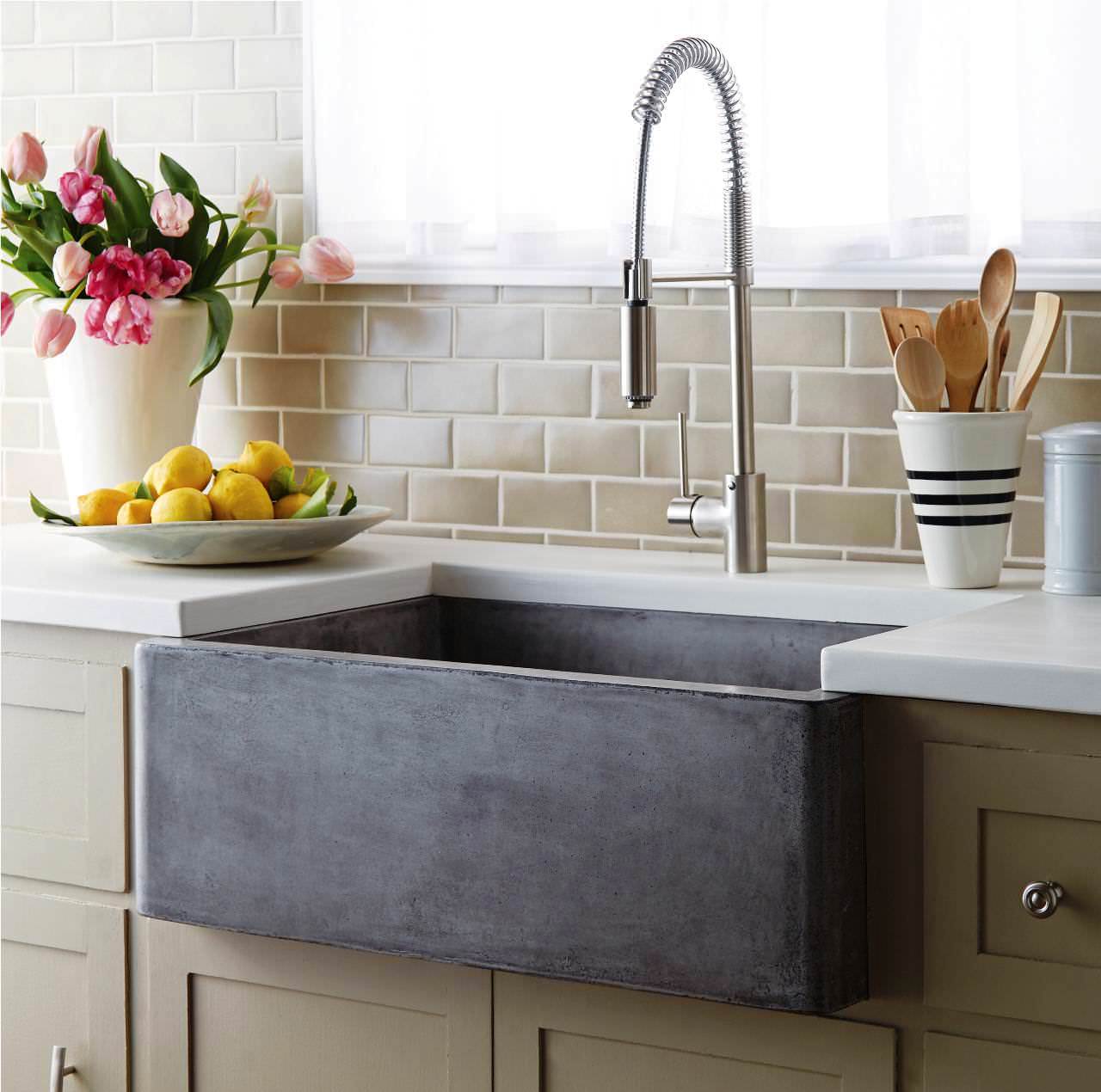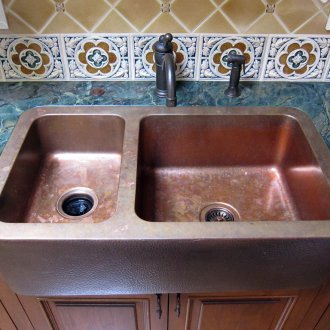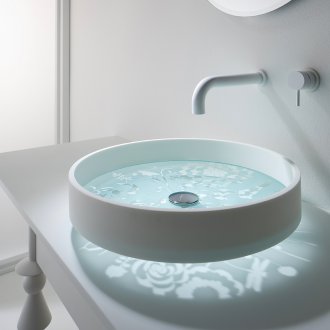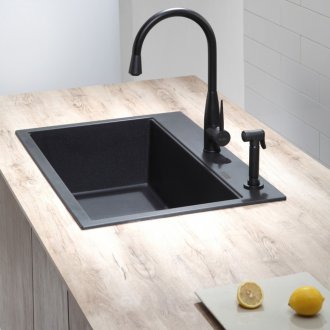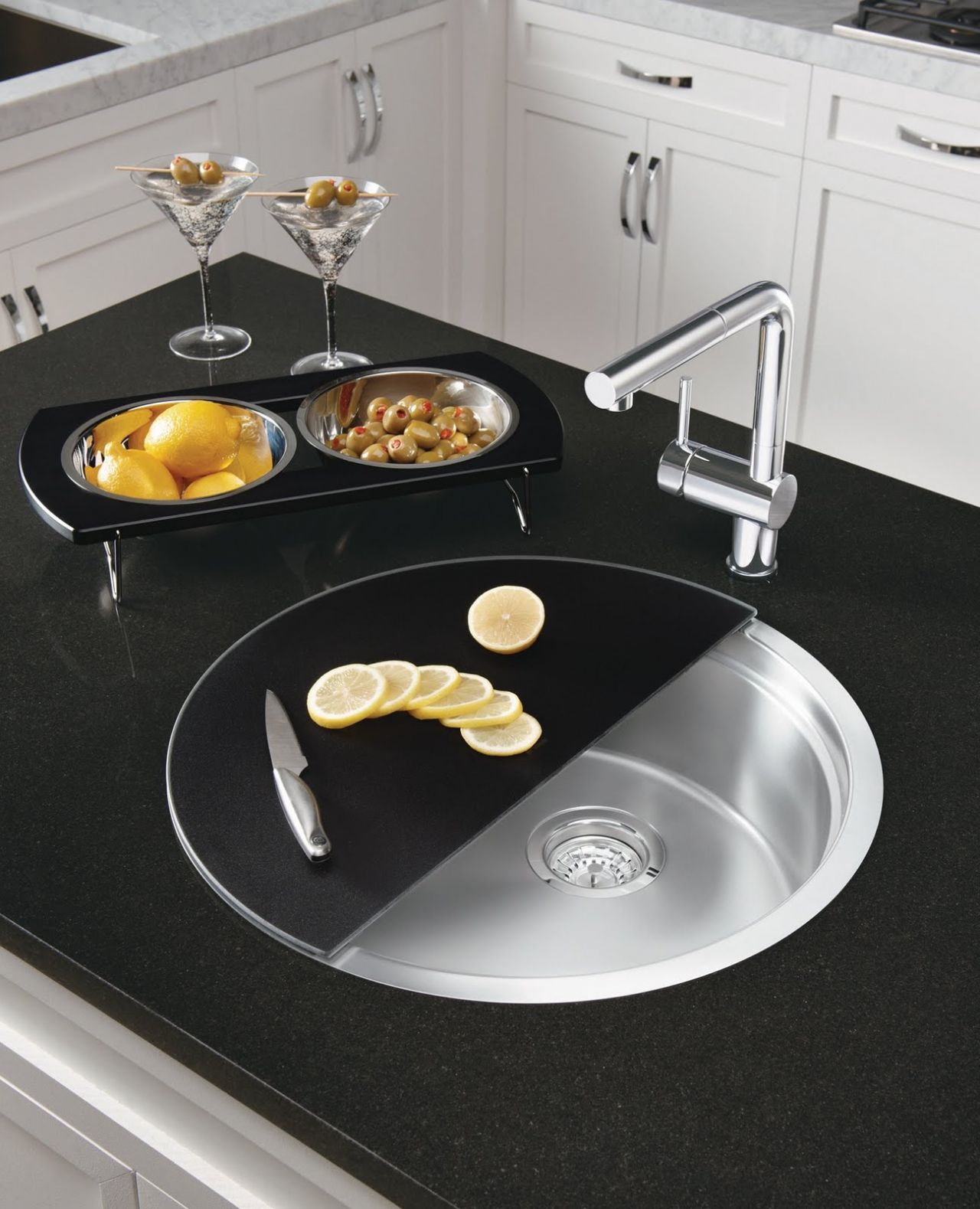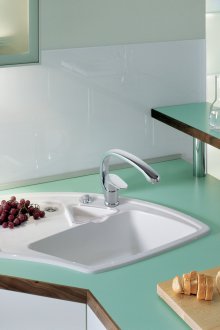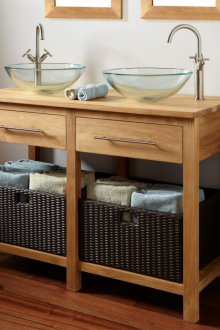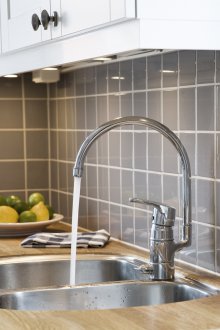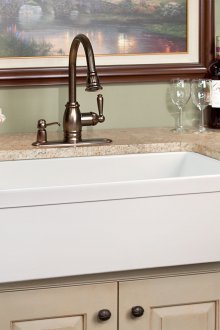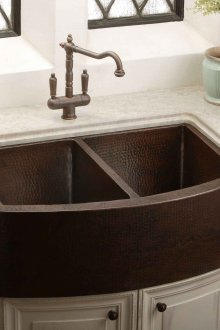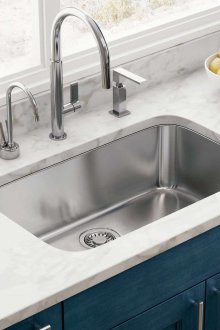Types of sinks: features of the choice of models for the kitchen and bathroom
Content
When purchasing a sink in the kitchen or plumbing in the bathroom, one must take into account their sizes, materials, designs. These are the characteristics that provide a comfortable and long use of products.
Criteria for washing
Manufacturers are trying to satisfy the demands of customers, so the abundance of varieties of models is amazing.
Sizes and types of kitchen sinks
The most popular are the products of classical shapes: square, rectangular, round:
- square models are made with sides of 50, 60 cm. They are distinguished by spaciousness, familiar appearance, convenient working conditions in the kitchen. Very diverse in design, materials;
- rectangular sinks are usually made with parameters 50x55, 50x80, 50x125 cm. Models are characterized by convenient operation, some are equipped with additional bowls and various functional devices;
- round products are produced with a diameter of 45-51 cm. They differ in a compact attractive appearance, do not have additional sections.
For corner installations, you can use a custom triangular / polygonal kitchen sink. Such sinks are optimally suited for large kitchens. It is advisable to equip small rooms with triangular models - space is significantly saved.
A bowl may consist of several sections located symmetrically or on one side. For convenient use of the sink, some models have special surfaces - wings, where it is good to dry and lay out dishes, food (fruits, vegetables).
Small types of sinks are inconvenient due to water splashing, it is difficult to wash tall dishes in them, but a deep bowl creates a load for the back, so sinks with walls 16-18 cm high are considered optimal models for comfortable work.
Sink material
The following materials are used for the production of kitchen models: stainless steel, ceramics, artificial stone.
Metal sinks are made of alloy steel with the addition of chromium, nickel - to improve the performance of the product and ensure corrosion resistance. Usually, steel sheets with a thickness of 0.4 to 1.2 mm are used. When choosing a model, one must keep in mind that “thick” sinks are more durable and reliable, but also cost more. The optimum sheet thickness is from 0.6 mm.
Shells are made using two technologies: stamping and welding. Stamped models have no seams (which is a guarantee against leaks), differ in smooth contours and low cost. Mostly available in small bowls (about 15 cm). Not always convenient for washing dishes - spray splatters very much.
In welded models, walls and bottom are separately manufactured, which are then assembled. Modern technologies (laser welding) allow you to create a durable and reliable inconspicuous seam. Models are made with bowls of different depths. Sinks stand out with thick walls and less noise during operation.
Ceramic sinks are characterized by smooth shapes, a pleasant and smooth surface. A characteristic feature is resistance to stains or scratches. The special coating does not accumulate dirt and does not retain water.
Artificial stone is a composite material consisting of 80% of the strong components of granite. Products are characterized by resistance to the action of acids, safety for food. Such shells are difficult to scratch. Sinks are cast in all sizes and shapes. Thanks to the variety of shades, it is easy to choose a sink that fits perfectly into the interior of the kitchen.
What qualities to give preference to, is decided individually. When choosing a model, you must also build on the area and style of the kitchen, the price of the sink.
Surface structure
Manufacturers offer polished, matte or textured models. Each surface has advantages and disadvantages.
“Satin” - perfectly smooth, shiny, look spectacular in the interior of the kitchen, easy to clean with cleaning products (do not use compositions with abrasive additives). However, these sinks are very capricious in leaving: any scratches are visible on the surface and traces are visible even from small drops of water.
Matte sinks have a modest appearance. No traces of water are visible on the bowl. However, the textured surface is more difficult to wash, especially to remove calcareous formations.
The best way to care for any sinks is to wipe the bowl dry every time after washing the dishes.
Installation options
A wide range of sinks allows you to choose different ways of their installation: invoice, mortise, integrated:
- consignment notes - are installed on freestanding cabinets that do not have a top. This is the easiest way to design a place in the kitchen for washing dishes;
- the mortise model is installed in the opening in the countertop, cut out for washing certain forms and parameters. The sink mounts are fixed to the inside of the work surface. The gap between the front of the table and the edge of the sink eliminates the rubber seal;
- the under-sink / integrated sink is mounted so that its edges are below the level of the countertop or flush with it. The visual effect of the "whole" is created - the bowl and the table.
This installation option provides sealing joints and is suitable for kitchens made of wood, granite. High-quality installation guarantees hygiene, cleanliness, and durability of the structure.
When choosing the installation method, it must be borne in mind that overhead products are suitable for kitchen sets consisting of separate, independent elements.
Types of sinks in the bathroom
When buying a bowl, you need to pay attention to the following product parameters: shape, material, installation method.
The most popular models are several forms.
- Round / oval bowls are often found in an inexpensive line of washbasins. The ability to “cut off” the part of the sink adjacent to the wall saves space. Such small bowls are made. Such models fit perfectly into classic and modern interior styles.
- Square or rectangular washbasins may have straight or rounded corners. The internal shape of the bathroom sink does not always repeat the external shape - in some sinks the bowl has a rounded shape. And also there are models that look like boxes. Such plumbing, as a rule, has impressive dimensions and looks most harmonious in spacious bathrooms. Such washbasins complement the interiors in modern styles or minimalism, hi-tech.
- Corner views of bathroom sinks are available for compact rooms or guest bathrooms. Triangular sinks have a flat or rounded base.
When choosing plumbing, it should be borne in mind that the dimensions of the washbasin should be harmoniously combined with the area of the room.
Shell Material
Manufacturers literally pamper buyers with many options. In addition to standard ceramic (earthenware and porcelain) bowls, you can choose products from glass, metal, wood, plastic.
Traditional ceramic bowls (shells) are popular for their durability, ease of maintenance, affordable cost. The main disadvantage is instability to mechanical stress.
Stainless steel washbasins look non-standard. Modern design and polished surfaces turn the sink into a room decoration, and durability and affordable price increase its popularity. Products made of brass or bronze are highly valued and produced by individual manufacturers.
Glass bath sinks are made of transparent, colored glass. Such products have become an integral attribute of a high-tech room. The transparency of the material makes the wash basin inconspicuous, which is important for compact rooms. Use in the production of tempered glass guarantees the strength of the product.
Wooden bath sinks are installed by true lovers of natural and environmentally friendly materials. Long-term operation is guaranteed by oak and larch wood. Special impregnation of wood and varnishes will protect the surface of the bowl from water.
When installing washbasins, three mounting options are used:
- the console bowl is attached to the wall using brackets. Advantages: space saving, low cost. Ideal for compact rooms. The disadvantage is the visibility of the drainage system, which is quite corrected by various decorative techniques (curtain, patch panel).
- the design of the sink on the pedestal (tulip) includes two elements: a bowl and a stand. Moreover, the pedestal has several meanings: the support for the sink, hides the drain, decorates the room. Such models look harmoniously in spacious rooms.
- the design of the built-in washbasins makes it possible to hide the drainage system and create storage space for bathroom accessories. The variant of the overhead sink, which is installed on the cabinet / bedside table and looks like a bowl, is becoming more and more popular.
It is impossible to independently determine the quality of metal, the strength of welding, or the reliability of materials. Defects can appear only after a while. Only well-known manufacturers guarantee the durability and reliability of products, so it is better to purchase sinks of popular brands.
